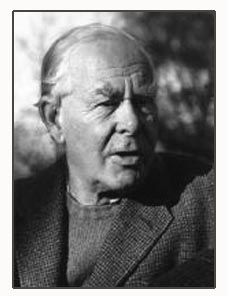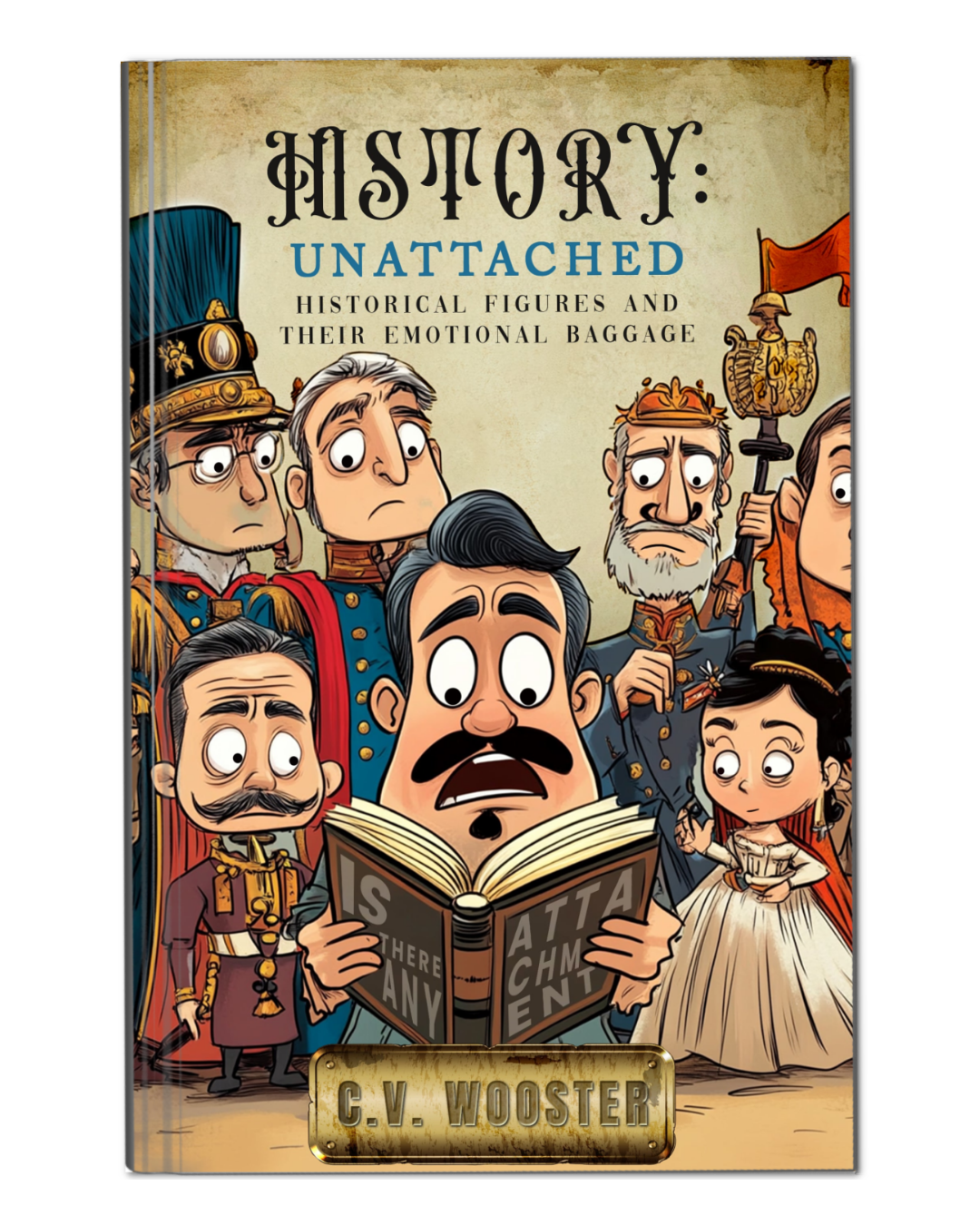The Emotional Theory Behind the Book
History: Un-Attached is rooted in one of psychology’s most influential ideas: attachment theory—the understanding that early relationships shape how we connect, cope, lead, love, and respond to the world throughout our lives. The book doesn’t attempt to diagnose historical figures, but it does explore how emotional patterns may have quietly influenced the choices of the people who changed history.
Attachment theory offers a lens for asking deeper questions:
What was this person longing for?
What were they afraid of?
What shaped their sense of power, belonging, or insecurity?
And how might those emotional undercurrents have echoed through the decisions we still talk about today?

John Bowlby & the Roots of Attachment Theory
Attachment theory began with the work of John Bowlby, the British psychiatrist and researcher widely regarded as the father of the field. Bowlby’s groundbreaking studies in the mid-20th century revealed that human beings are wired for connection—and that secure or insecure beginnings can ripple across an entire lifetime.
His work transformed psychology, education, trauma research, and even modern leadership studies, influencing how we understand everything from relationships to resilience to emotional development.

A Link to C.V. Wooster’s Earlier Work
Before writing History: Un-Attached, C.V. Wooster authored Searching for Bowlby, the multiple-award-winning, bestselling biographical narrative that brings the life and legacy of John Bowlby into vivid, human focus.
Blending historical detail with emotional insight, Wooster’s earlier work explores the origins of the very ideas that shape History: Un-Attached. Readers interested in the foundations of attachment theory—or the story of the man behind it—can explore the book below.
Why This Theory Matters for This Book
History: Un-Attached uses attachment theory not as a diagnostic tool, but as a framework for understanding humanity. Emotional patterns help illuminate why certain figures pursued power, resisted change, clung to influence, or made choices that shaped nations and centuries.
The theory provides a way to ask:
What if the past had emotional context?
What if the icons we admire carried wounds, patterns, and longings we’ve never considered?
And how does understanding their emotional world help us better understand our own?

Continue Exploring the Book
Ready to see how attachment patterns come to life in the pages of History: Un-Attached?
